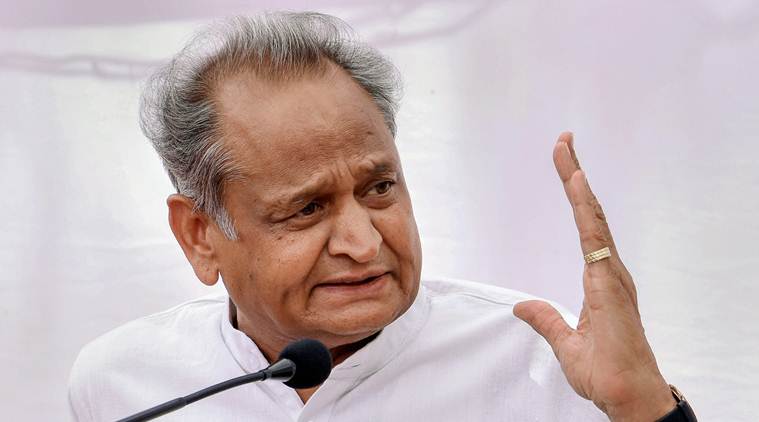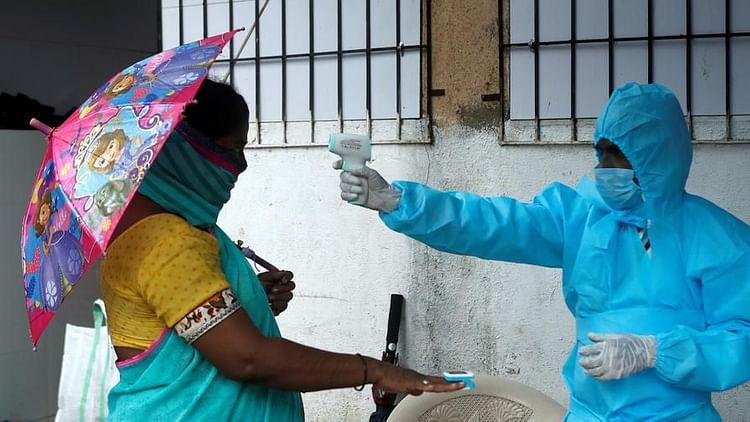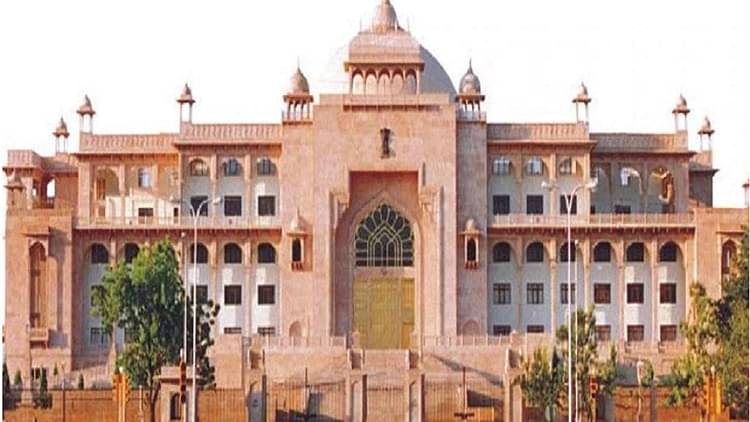Google Search for Web:
Kajal Agrawal
Super User
After Galwan, Himachal Could Be Next Big Issue In India-China Border Dispute?
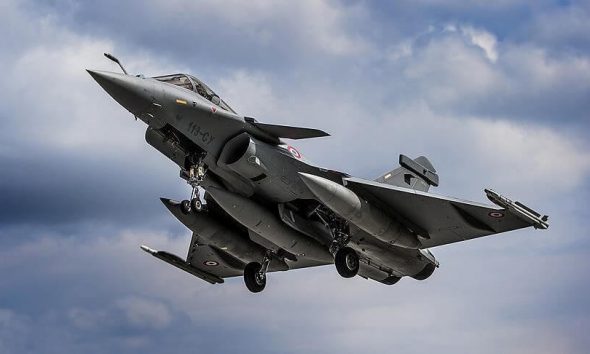
The Indian state of Himachal Pradesh which shares a 240-kilometer border with China has come up with new plans to counter the Chinese PLA in case of an invasion. The proposal calls for the training of local tribes in guerilla warfare besides a host of other measures.
In the latest development, India has urged China to pull back its soldiers and desist from further construction in the vital Depsang-Daulat Beg Oldie (DBO) sector of eastern Ladakh, where both nations have accumulated thousands of troops and other heavy weaponry.
India has reportedly emphasised the “importance of reducing tensions to prevent any inadvertent escalation or clash” in the Depsang Plains, which has been a major flashpoint over the years because the rival “perceptions” of the line of actual control (LAC) vastly differ in the region, TOI quoted its sources.
The move to strengthen the Himachal border comes after a stand-off among the two nations at Ladakh, which resulted in deaths of 20 Indian and an unconfirmed number of Chinese troops.

INDIA-CHINA BORDER CONFLICT
Concerns over the vulnerability of porous borders in Himachal Pradesh have been voiced by experts time and again. Recently, Chinese satellite phones used by the PLA patrols have been intercepted twice by the Indian intelligence agencies in June, mainly around Shipki La which comes under the Kinnaur district of Himachal Pradesh.
The Chinese PLA (People’s Liberation Army) continues to look for the new fronts to sustain and deepen the LAC tensions with India, and for that, the bordering Kinnaur and Lahaul-Spiti districts in Himachal Pradesh have emerged as potential hotspots of yet another standoff between two armies.
A plan formulated by the Director-General of Police in HP – Sanjay Kundu, featuring 12 ‘high-points’ focusing on better training and equipment of the Indo-Tibetan Border Police and state intelligence personnel in local languages, has been sent for approval and consideration to the Defense Minister Rajnath Singh.
The bordering villages of Kinnaur and Lahaul-Spiti districts have been the main focus for the formulated plan, and have witnessed more intensity in troop deployments recently. According to Kundu, “Five IPS officers — all commandants of different police battalions — camped in the border villages for 10 days and got inputs from locals”.
The plan also calls for training of local tribal populations in Guerilla Warfare, to hold the ground and aid the forces in case of a PLA invasion. This is highly recognizable with the similar plans drawn up and implemented in Kashmir with the formation of localized “Village Defense Committees” or VDCs since 1995, which continue to operate effectively in the region.
The border along Himachal Pradesh comes under the AOR of 6th Mountain Division of the Indian Army and battalions of the Indo-Tibetan Border Police, which act as the first line of defence against PLA aggression.
According to Lt. Gen (retred) PC Katoch of the Indian Army, the paucity of reserves and lack of battlefront synergy in the form of unity of command in the area can result in unchecked PLA incursions in the region, as reported by EurAsian Times earlier.
What makes Himachal vulnerable?
The Indian government has been highly negligent about the pace of development in the area. This has sabotaged the infrastructure growth in several villages of great importance present around the Sino-Indian border.
It eventually led to the desertification of these villages, where the youth now looks forward to migrating into major cities, getting better educational and career opportunities while leaving the older population behind.
“The lack of infrastructural support by the state government is the main reason for the diminishing population from these areas. The main source of income for most of the families is generated via tourism, which has led most youngsters to leave for nearby cities”, remarks Brig. Tomar, a retired Vir Chakra recipient with a service record in the region.
“The desertification of villages might lead to harder effective control in the region, which could result in repetition of situations like in 1959-62”, he added.
Whereas, in a statement given to ThePrint, Himachal Chief Secretary Anil Khachi said “The state government is definitely proactive in taking certain steps in the border areas of Kinnaur and Lahaul-Spiti. Some initiatives like improving road infrastructure and confidence-building measures are already underway at our own level. There are matters like strengthening of telecom network, defence ministry matters etc., which we have taken up with the central government ministries”.
Why is the local population important in stabilizing the region?
The essence of the local population in stabilizing the area under military terms can be broadly understood as:
Strategic Area Denial: This principle works by controlling the ingress of the enemy forces into the region, maintaining the population’s presence to indicate its importance for the area.
Unchecked territory creates freedom of movement for the enemy forces and establishment of their forward bases, just like India witnessed in Kargil in 1999 or in 1962 India-China war.
This can be well understood by an analysis of conflicts in Africa, where the Islamic State, AQIM and Tuareg Militias have largely taken control of vast stretches in the Sahel region, taking advantage of the lawlessness and deprivation of effective governmental control and strategic dominance in the area.
The local population as an asset: Local population also acts as an important asset for both the conventional and unconventional forces, along with intelligence agencies. As explained by US military expert who wished not to be named, “Community Policing” or engagement with the local population proves a significant advantage for the forces operating in the field.
Youngsters, who are tough and acclimatized, are often used as porters and guides. In emergencies, they are also inducted as local troops to police the area.
Establishing the importance of local population, the desertification of villages along the border with a nation with hostile intent, having a policy of aggressive territorial expansion and neocolonialism, makes the situation a growing cause of worry for the Indian agencies.
China-Turkey-Pakistan Alliance Dangerous For India Diplomatically, Economically & Militarily
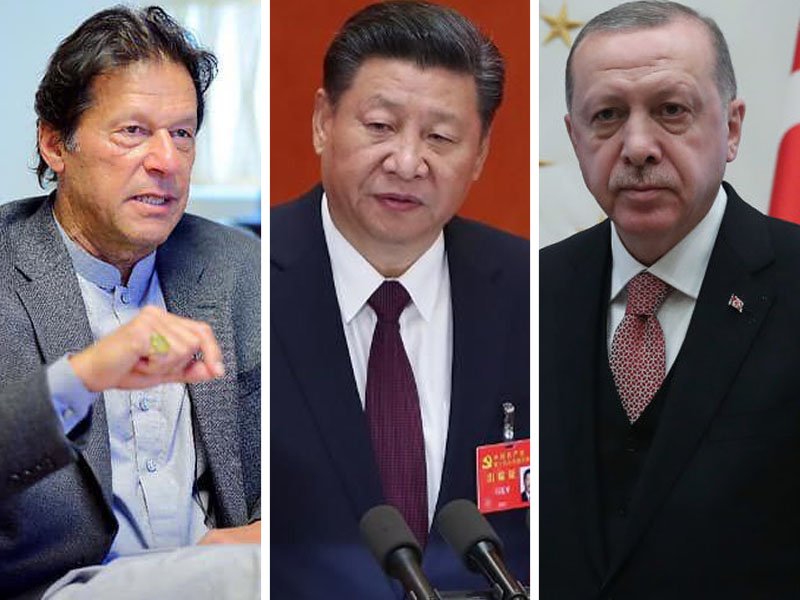
While all eyes have been on India and China after the recent scuffle in Ladakh, experts have warned that Indian must be prepared to counter China-Turkey-Pakistan alliance.
Gehlot urges 200 Rajasthan MLAs to ‘save democracy’, says toppling elected govt political sin
Gehlot’s letter to all Rajasthan MLAs comes ahead of the assembly session. His government is in a crisis, struck by a rebellion led by ex-deputy CM Sachin Pilot.
India records 64K+ cases in 1 day, tally now at 21,53,011
India, the third-worst COVID-hit country globally, recorded a single-day spike of 64,399 coronavirus cases, pushing its total tally to 21,53,011.
Army Chief asks commanders to be prepared as China refuses to disengage
The BJP government has not only failed diplomatically in dealing with China, but it has also lost people’s faith by spreading misinformation regarding the Chinese presence in Indian Territory.
Sudha Bharadwaj: The lawyer for poor and labourers
She was a lawyer for the poor, a thorn in the side of big industry. Is that the reason why she has been implicated?
Bihar and Union Government’s interest in Sushant Singh Rajput’s death is suspect
It is now clear that had there been no assembly election in Bihar due later this year, the actor’s tragic death would not have become a spectacle fuelled by lurid imagination and bazaar gossip.
Actress Anushka Sharma says watching films does not always help understand the medium better, and that experiences in life help add value to storytelling too.
If the BJP central leadership supports Sachin Pilot, Vasundhara Raje, who has about 50 loyalists among the 72 party’s MLAs, would oppose the move. This would create a vertical split in the state BJP
India must focus on protecting economy not on what rating agencies think: Rajan
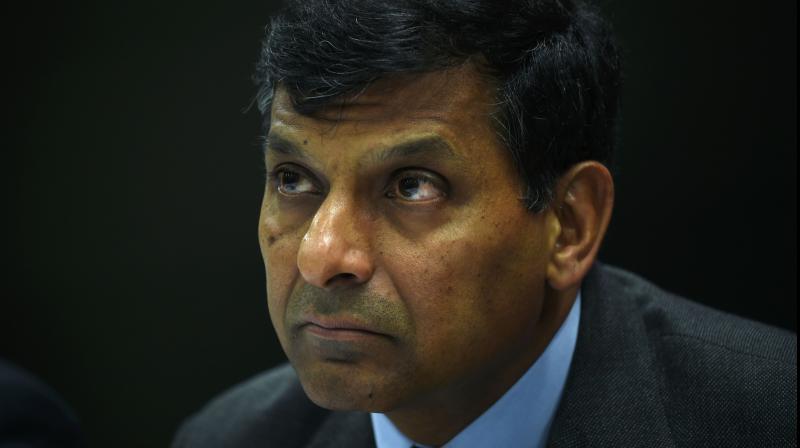
MUMBAI: India’s policymakers should focus on protecting the economy as businesses struggle amid the coronavirus pandemic instead of being overly focused on what ratings agencies think
